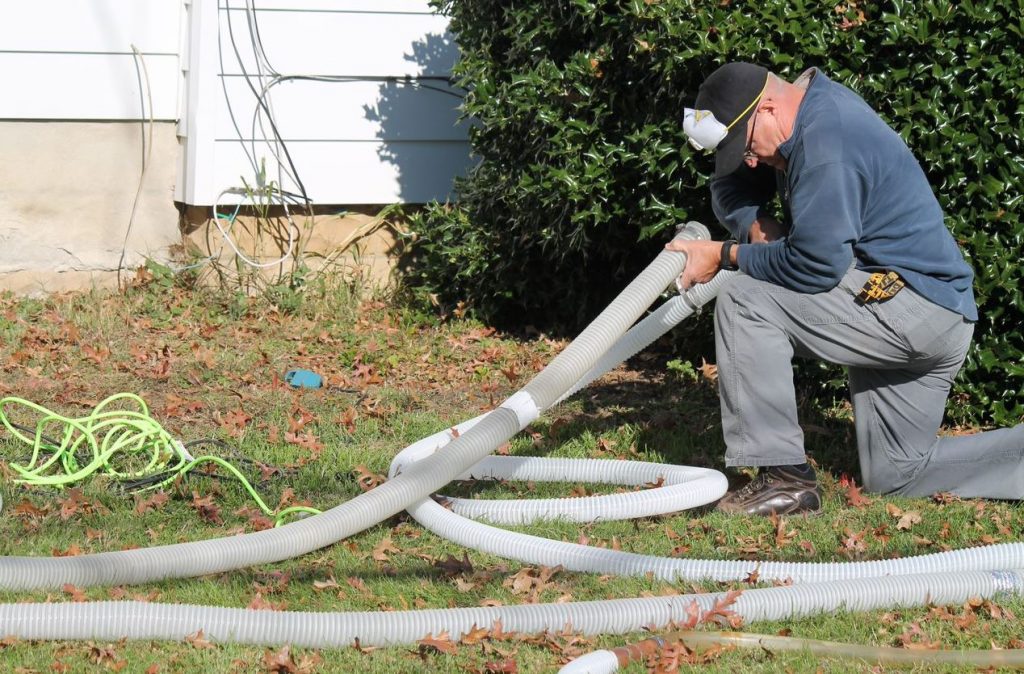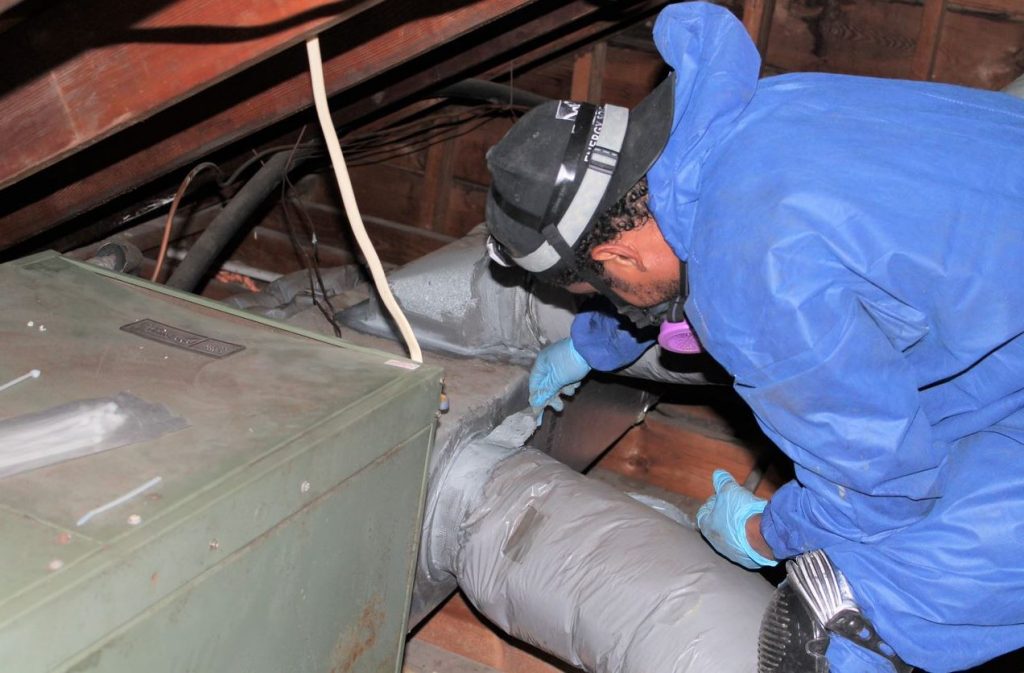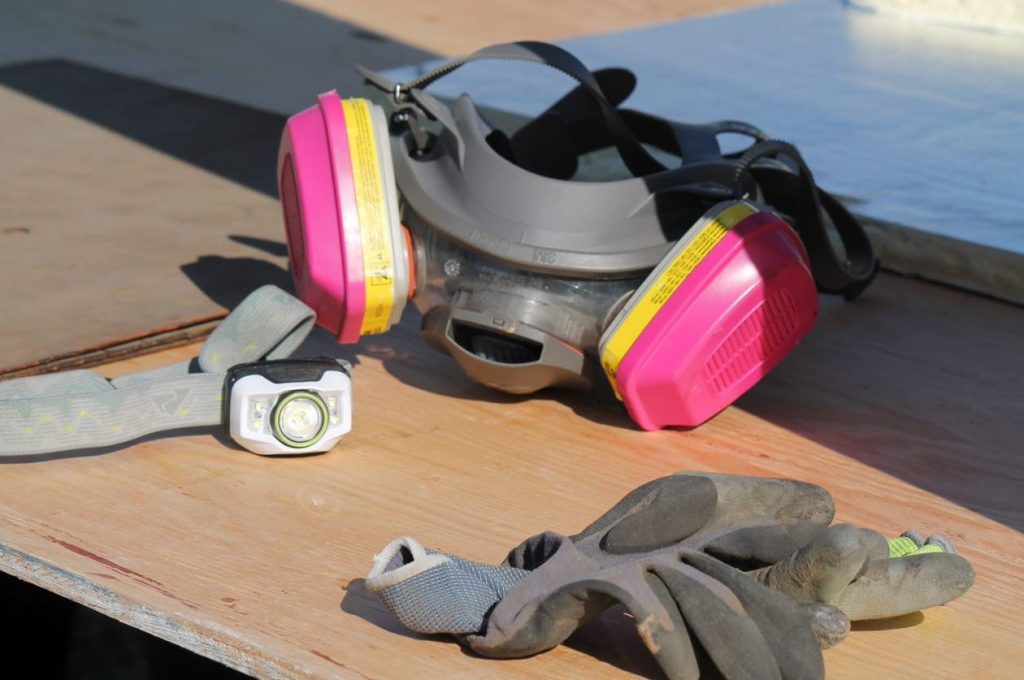By Cheryl Gmuer
Home energy costs can take out a big chunk of a family’s monthly budget and higher heating costs can quickly result in a financial crunch.
One way to help even out these costs and reduce overall expenses is to weatherize your home to make it more energy efficient. We have made it easier for some families in need of help through the Weatherization Assistance Program.
The number one reason why people apply to our program is they want to save money. The number two reason why people apply is they are uncomfortable in the homes. It’s cold. It’s drafty.
 The U.S. Department of Energy (DOE) created the Weatherization Assistance Program in 1976. Our Division of Climate, Coastal and Energy began overseeing the program in 2010, and has contracted with Energy Coordinating Agency to service the program statewide. Funding for the program comes from DOE, the Low Income Home Energy Assistance Program, the Regional Greenhouse Gas Initiative and Delmarva Power.
The U.S. Department of Energy (DOE) created the Weatherization Assistance Program in 1976. Our Division of Climate, Coastal and Energy began overseeing the program in 2010, and has contracted with Energy Coordinating Agency to service the program statewide. Funding for the program comes from DOE, the Low Income Home Energy Assistance Program, the Regional Greenhouse Gas Initiative and Delmarva Power.
From 2015 to 2019, the program weatherized 1,221 Delaware homes. According to the DOE, the average annual savings from weatherization is $283. Nationally, since the program began, it has helped more than 7 million low-income families.
The Weatherization Assistance Program is free to qualified homeowners and renters. Applicants are prioritized based on need, with the elderly, persons with disabilities and those with children in the home having a higher priority.
The number one reason people apply is to save money. Number two is they are uncomfortable. It’s cold.
It’s drafty.
Once an application is accepted, a representative from the program will perform an energy audit on the home, looking for areas where efficiency can be improved.
The program includes:
 Minor repairs, like patching a hole in the roof, can be included. But the program does not do major home repairs, such as putting on an entire new roof, replacement of windows or regular maintenance of heating systems.
Minor repairs, like patching a hole in the roof, can be included. But the program does not do major home repairs, such as putting on an entire new roof, replacement of windows or regular maintenance of heating systems.
Homes in need of major repairs will be referred to other programs that can help with those issues. Once those repairs are complete, you can be referred back to the weatherization program.
Once the assessment is complete, a modeling formula is used to determine what makes the most sense and what will provide the most savings. There is no upper limit on the amount the program will spend to weatherize a home. The weatherization program provides more than $6,000 in services to the average participant.
After the program’s contractor has finished, the home undergoes a quality inspection to make sure all the items on the work order are completed satisfactorily.
People served by the program say they see immediate savings in their energy costs and they are also more comfortable in their homes.
 “My home is so much warmer in the winter and it stays much cooler in the summer,” wrote one customer. “My electric bill has been reduced by two-thirds. The comfort in my home has gone up 100%, and I am so appreciative of all that weatherization has done for me.”
“My home is so much warmer in the winter and it stays much cooler in the summer,” wrote one customer. “My electric bill has been reduced by two-thirds. The comfort in my home has gone up 100%, and I am so appreciative of all that weatherization has done for me.”
Most people think about weatherization in terms of winter and heating bills but having an energy efficient home is equally beneficial in the summer months.
People who use air conditioning notice a huge difference.
Only about 5% of the homes in the program are renters, a percentage that she and others in the program would like to increase.
A landlord has to sign off on the work, and the savings must benefit the renters. In other words, renters are responsible for the cost of utility bills. If utilities are included in the rent the program can’t be used to benefit the landlord.
More information about the Weatherization Assistance Program as well as application forms are available online or by contacting the Energy Coordinating Agency at 302-504-6111.
Cheryl Gmuer manages the DNREC Weatherization Assistance Program.
Related Topics: conservation, efficiency, energy, health, people, science, weatherization